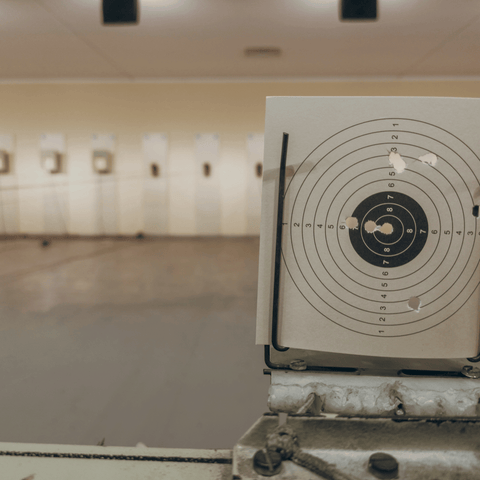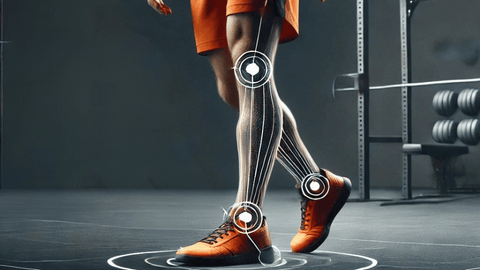
Clinical Studies with Law Enforcement
Engineered for Your Body. Validated by Real-World Results.
Since 2006, we’ve developed techniques to optimize posture and performance. In collaboration with state police departments, our clinical studies showed improvements in blood pressure, grip strength, and shooting accuracy proving that aligning the body can enhance outcomes in demanding environments.
Our mission? To transform performance by addressing posture through the nervous system.
RESEARCH TIMELINE
Setting a New Standard in Postural Science
Our team, in collaboration with state police and healthcare experts, conducted groundbreaking
studies on posture correction. By focusing on how the nervous system drives alignment, the
research validated measurable improvements in blood pressure, grip strength, shooting
accuracy, weight distribution, and posture correction.
01 — CLINICAL TRIAL RESULTS
Blood Pressure Reduction
A clinical study conducted with state police officers. Over the course of the trial, officers wore Therapeutic Insoles to assess their impact on blood pressure. Results showed that 100% of participants experienced a reduction in systolic blood pressure, with decreases ranging from 6% to 18%. The average reduction was 12%, demonstrating the insoles’ effectiveness in supporting cardiovascular health by optimizing posture and balance.
02 — SHOOTING ACCURACY
A clinical study conducted with state police officers utilized the Multiple Interactive Learning Objective (MILO) simulator to evaluate the impact of Therapeutic Insoles on shooting performance. The study measured target acquisition, shooting accuracy, and reaction time. Results indicated that 100% of officers wearing the Therapeutic Insoles demonstrated enhanced shooting accuracy. Additionally, participants consistently showed quicker target engagement, showcasing the insoles' influence on reaction speed and precision.
03 — WEIGHT DISTRIBUTION
In our study involving law enforcement officers, Therapeutic Insoles were shown to improve weight distribution across the feet, indicating greater postural stability. Officers demonstrated enhanced balance, which directly impacts their agility and ability to maintain an effective stance during high-stress situations. The improved weight distribution contributes to a more stable and responsive foundation, essential for quick, coordinated movements.
04 — POSTURE CORRECTION
The study revealed that 100% of officers experienced noticeable postural correction after using Posturepro's Therapeutic Insoles. This comprehensive improvement was seen across all three planes of movement: sagittal, frontal, and transverse. Such results affirm the powerful effect of Posturepro’s approach in optimizing body alignment and reducing postural imbalances.
05 — GRIP STRENGTH
The results showed an immediate boost in grip strength among officers who wore the Therapeutic Insoles, with increases ranging from 2 to 10.2 pounds. This significant enhancement highlights how the insoles' sensory stimulation promotes optimal body alignment and muscle activation, contributing to greater strength and stability.

“We developed Posturepro's innovative solutions with a focus on the nervous system, understanding that true posture correction goes beyond muscles. Our mission is to empower individuals and professionals to harness the connection between the body and brain for lasting health and performance improvements.”



